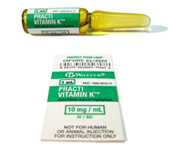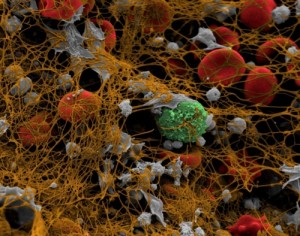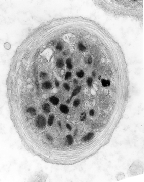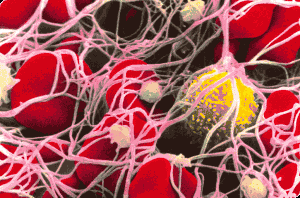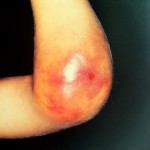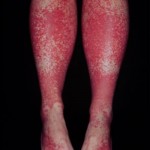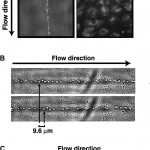Impact-R and Inherited Combined Deficiency of Vitamin K Dependent Clotting Factors
Thursday, March 1st, 2012Impact-R, a cone and plate analyzer may be of benefit in the monitoring of treatment of VKCFD or Vitamin K Dependent Clotting Factor Deficiency.
VKCFD is a rare autosomal recessive deficiency of Vitamin K dependent factors. This means a deficiency of the clotting factors II, VII, IX and X. This disorder was first described in a female infant who exhibited significant bleeding during the first week of life.
Vitamin K dependent factors require ?-carboxylation of glutamic acid residues at their Gla domains to enable binding of calcium to phospholipid membranes. This reaction is catalyzed by an enzyme, ?-glutamyl carboxylase. This enzyme requires reduced Vitamin K as a cofactor.
VKCFD may be difficult to diagnose in newborns because of the routine administration of Vitamin K at birth. VKCFD may be treated by oral or parenteral Vitamin K but there may be cases where Vitamin K does not improve symptoms and factor replacement may be necessary.
